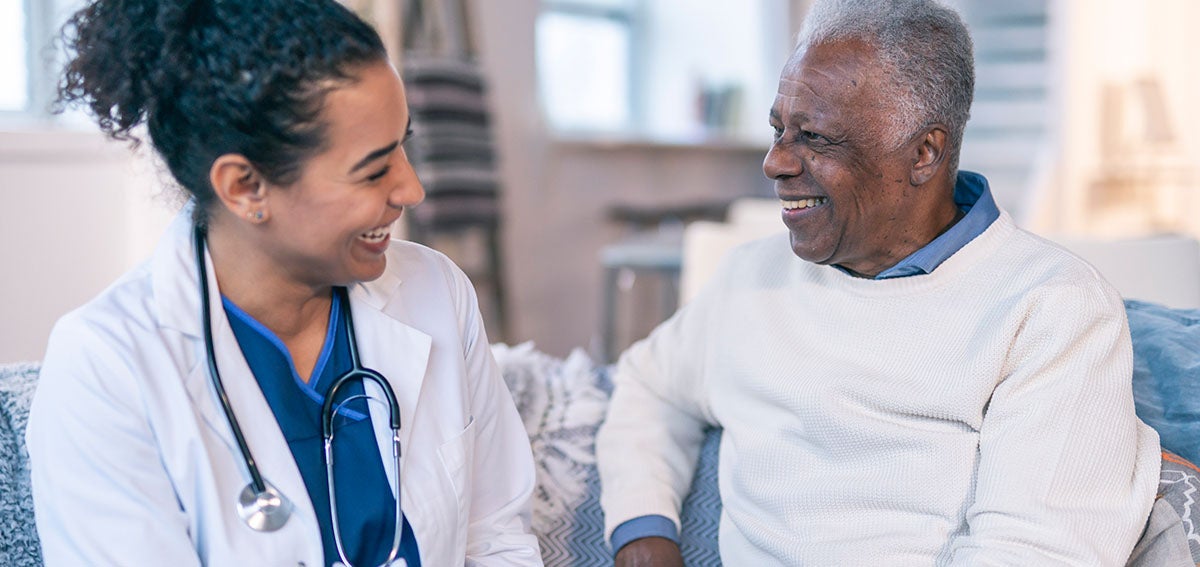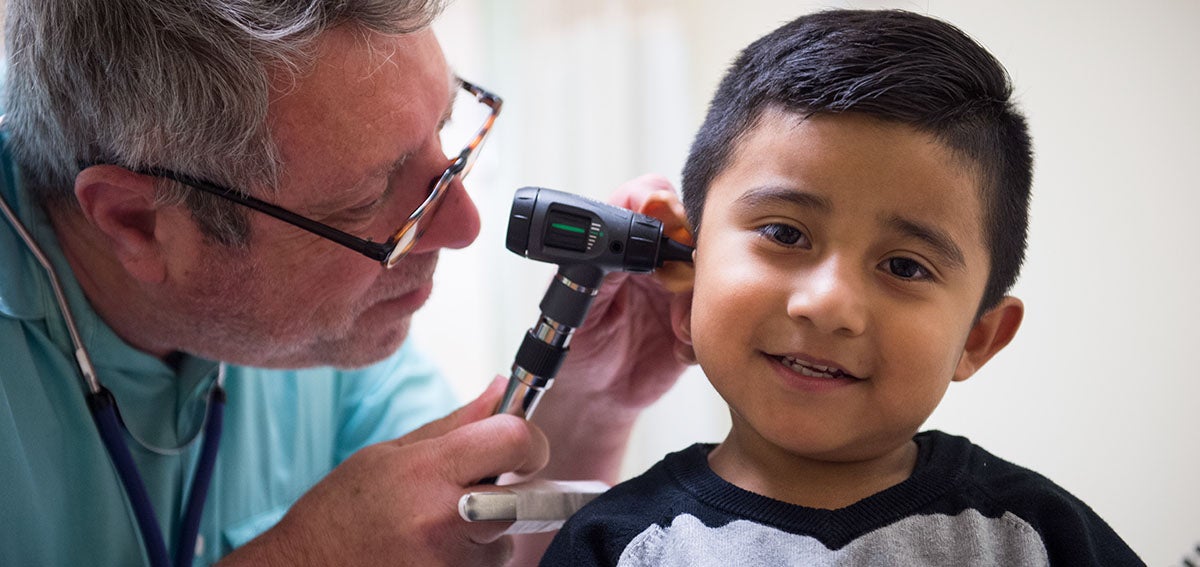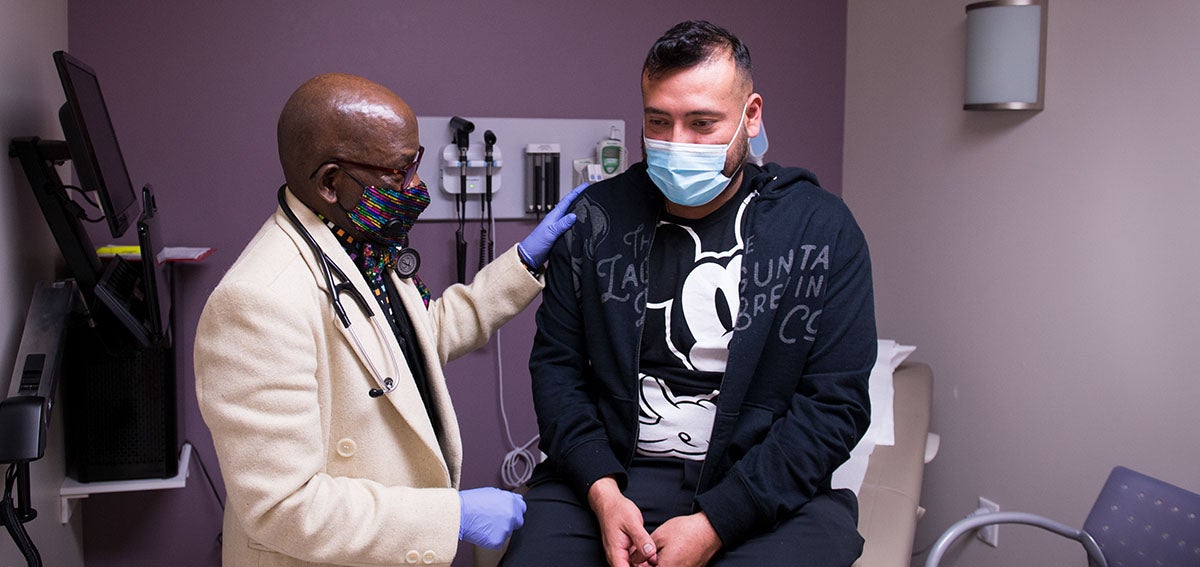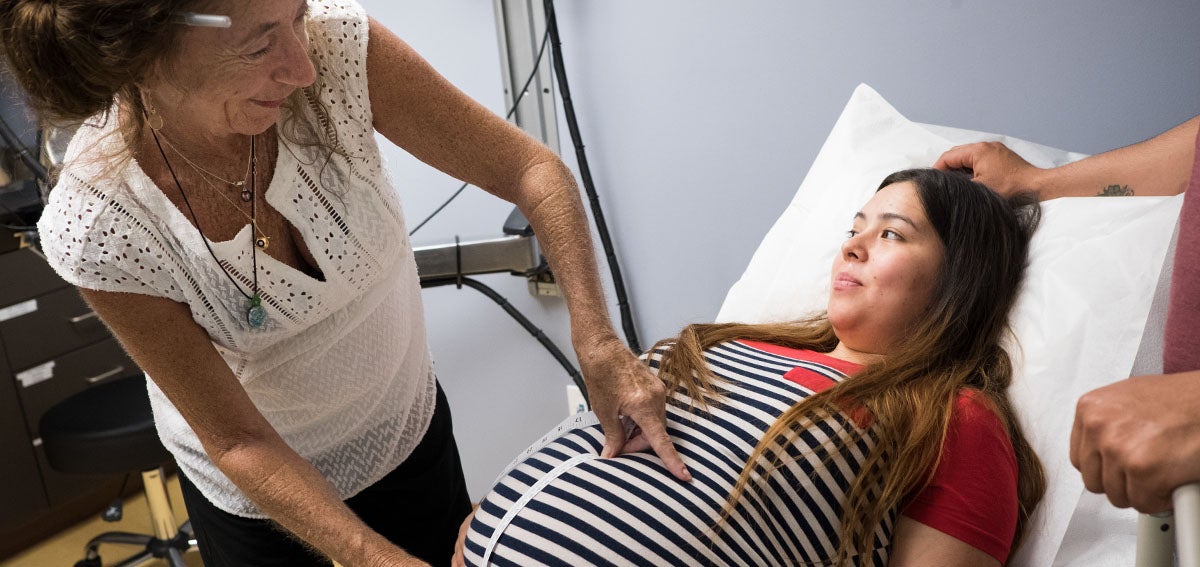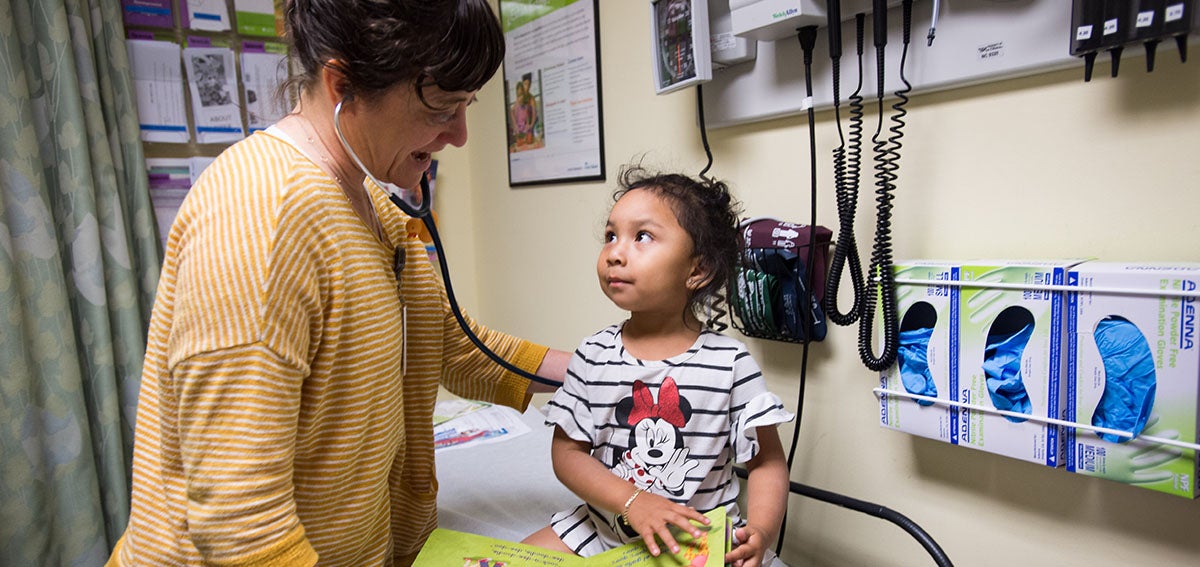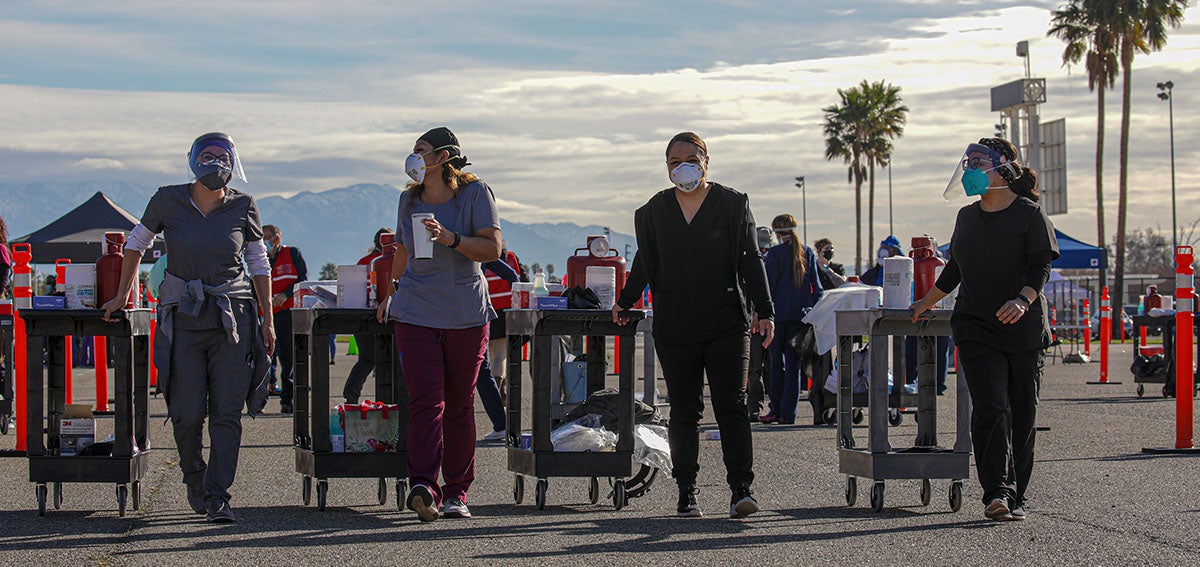

It has been nearly two months since Helen Cordova, an intensive care unit nurse at Kaiser Permanente Los Angeles Medical Center, became the first Californian to get the Pfizer COVID-19 vaccine. Since then, the vaccine developed by Moderna has also received emergency use authorization from the Food and Drug Administration, and the Johnson & Johnson vaccine candidate awaits the same status.
But California’s COVID-19 vaccination campaign has gotten off to a slow start even as vaccine development has sped forward. California has administered over 4.4 million vaccine doses — more than any other state or US territory so far. But when it comes to doses administered per 100,000 people, the state ranks a disappointing 37th.
There are varied and complex reasons for the state’s slow vaccine rollout, starting with the federal government and cascading down to counties and health care providers. The Biden administration inherited a “mushrooming crisis” and has spent precious time in its first few weeks “trying to locate upwards of 20 million vaccine doses that have been sent to states,” Tyler Pager, Adam Cancryn, and Joanne Kenen reported in Politico.
Communication from the federal government has been poor, leaving states in the dark about the timing and size of vaccine shipments. “All of a sudden, a shipment might show up and you’re not geared to take advantage of it because you didn’t know it was coming until the day before,” David Lubarsky, MD, MBA, chief executive officer of UC Davis Health, told Katherine Fung in Newsweek.
When California receives its weekly doses, it allocates them to county public health departments and hospital networks, all of which have their own appointment systems and eligibility requirements, Associated Press reporter Janie Har wrote. This decentralized approach has left some residents confused about where to make their vaccine appointments and when it will be their turn to be vaccinated.
To speed up the pace of vaccinations in the face of new virus variants and growing COVID-19-related health inequities, California recently introduced substantial changes to its rollout.
Blue Shield, Kaiser to Manage Vaccination Campaign
In late January, the state announced that it had engaged two nonprofit health plans, Blue Shield of California and Kaiser Permanente, to take over management of the vaccination campaign.
Blue Shield will take the primary responsibilities of managing a network of vaccine providers, designing financial incentives to encourage providers to use up their vaccine supply more quickly, and creating a real-time vaccine data reporting system, Har reported. Blue Shield will follow “the state’s guidance to prioritize safety, equity, and the fastest possible administration of the vaccine,” according to a news release from the health plan.
Kaiser will oversee two or more mass vaccination sites with a consortium that includes Adventist Health, the California Medical Association, Dignity Health, and Futuro Health. Kaiser announced that the first two vaccination hubs opened at Cal Poly Pomona and at Moscone Center in San Francisco on February 5.
Local jurisdictions were caught off guard by the change in management. Counties and local health agencies “possess expertise on special populations, effective logistics, specialized outreach strategies, and granular knowledge of the local provider landscape,” said a January 29 letter (PDF) to Governor Gavin Newsom from the California State Association of Counties, the Health Officers Association of California, County Health Executives Association of California, and other county groups. “Any state effort to achieve efficiency without consultation and collaboration with local health jurisdictions every step of the way will surely falter, if not outright fail.”
California is the only state so far to strike a deal with a third-party administrator for its vaccination campaign. “It certainly is unusual to think about an insurance company doing this function,” Larry Levitt, executive vice president for health policy at KFF, told the San Francisco Chronicle’s Alexei Koseff. “But Blue Shield has a statewide reach and relationships with the vast majority of health care providers in the state, so it makes some sense from that perspective.”
It is unclear how the state chose Blue Shield and Kaiser for these roles. Both entities were contracted through emergency authorizations, which are outside the usual bidding process, Bernard Wolfson wrote in California Healthline. Newsom said the state will make the contracts public on February 15.
Changes in Vaccine Eligibility
Initially, the allocation guidelines for the COVID-19 vaccine from the California Department of Public Health (CDPH) prioritized those at high risk of exposure to the coronavirus because of their job or living arrangements. Frontline health care workers and residents of long-term care settings were included in the first tier of Phase 1A vaccinations, with other essential frontline workers in the next tier. Critics of this strategy said it was too complicated and created a bottleneck for vaccinations.
Recently, CDPH released revised guidelines for vaccine eligibility that add new groups to the Phase 1A vaccinations. Family member caregivers of individuals with certain developmental disabilities or specialized health care needs are now included in this phase. Also included are workers who come into direct contact with the virus through research, development, manufacturing, or testing; and workers who manufacture vaccine, therapeutics, personal protective equipment, or other supplies supporting the COVID-19 response.
“California is currently in Phase 1B, which includes teachers, emergency services employees, food and agricultural workers, and people over 65,” Sammy Caiola reported in Capital Public Radio. This phase also includes education staff, child care workers, and restaurant workers.
The state’s Drafting Guidelines Workgroup is also developing statewide criteria for prioritizing people with serious medical conditions or disabilities for the vaccine. This comes in response to complaints that people with disabilities have been left behind by the vaccine eligibility guidelines.
“It feels like we are getting lip service and that the state Department of Public Health doesn’t really understand how to prioritize and vaccinate high-risk individuals with disabilities,” Andy Imparato, JD, executive director of Disability Rights California, told the Los Angeles Times.
“It’s clear that there’s still more to be done,” said Oliver Brooks, MD, co-chair of the Drafting Guidelines Workgroup. “We’ve heard from other groups, we saw that data . . . presented in terms of disabilities and underlying medical conditions.” Brooks, chief medical officer of Watts Health Care, a community clinic in Los Angeles County, made the comments in an interview with Jeong Park in the Sacramento Bee.
The details and timeline for revisions to vaccine prioritization are not yet clear.
Mass Vaccination Sites
Working with the Biden administration, California has secured two large-scale community-focused sites in Oakland and East Los Angeles to deliver COVID-19 vaccines. The Oakland Coliseum and Cal State Los Angeles sites each will be able to deliver about 6,000 doses a day. These sites, chosen to advance the equitable distribution of vaccines in two communities hit hard by the pandemic, will be managed by the Federal Emergency Management Agency in cooperation with the California Office of Emergency Services. The agencies aim to open both sites in the next week or so.
Californians can sign up to be notified when it is their turn to be vaccinated on a new statewide vaccine website called My Turn. Before the launch of this centralized system for vaccine sign-ups, Californians “had to navigate numerous online registration or notification systems managed by county and city governments, hospitals, and even supermarkets,” Barbara Feder Ostrov reported in CalMatters. “They have spent hours on screens and on the phone, fruitlessly searching for appointments.”
My Turn was piloted in Los Angeles and San Diego Counties and will roll out in others soon. Residents of other counties can already sign up on My Turn, though it can only be used for now to schedule appointments for health care workers and people 65 and older. People without email addresses or mobile phones can call the California COVID-19 Hotline at 833-422-4255 for assistance.
Do you think the changes to California’s vaccination campaign will speed up the rollout? Email me.
* * *
Note: This article was updated on February 9, 2021, to reflect changes to California’s COVID-19 Vaccine Allocation Guidelines.
Authors & Contributors


